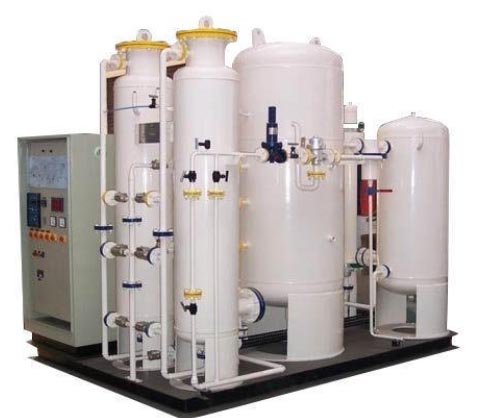An oxygen generator plant plays a pivotal role in ensuring a consistent and reliable supply of medical-grade oxygen in healthcare facilities through a medical gas pipeline system. Understanding how these plants function is crucial to appreciate the critical role they play in patient care and safety.
1. Air Separation Process
Oxygen generator plants use a process called air separation to produce medical-grade oxygen. It begins with drawing in ambient air, which is primarily composed of nitrogen (approximately 78%) and oxygen (about 21%), along with trace gases. The goal is to isolate and concentrate the oxygen.
2. Compression and Filtration
Once the ambient air is drawn in, it undergoes compression to increase the pressure. Compressed air then enters a series of filters to remove impurities and moisture, ensuring that the output is of medical quality.
3. Cryogenic Separation
The heart of an oxygen generator plant is the cryogenic separation unit. This unit cools the compressed and filtered air to extremely low temperatures, causing it to liquefy. At these low temperatures, nitrogen and other trace gases become gaseous and are vented away, leaving behind almost pure oxygen.
4. Oxygen Collection and Storage
The resulting high-purity oxygen gas is collected and stored in a reservoir. This storage ensures a constant supply, as the plant can continue producing oxygen even when demand is low, such as during nighttime or weekends.
5. Oxygen Distribution
The stored medical-grade oxygen is then distributed through a medical gas pipeline system. This pipeline network extends throughout the healthcare facility, providing oxygen to various patient care areas, including operating rooms, intensive care units, and patient rooms. The system is equipped with safety mechanisms to regulate flow and pressure.
6. Real-time Monitoring
To ensure a continuous and safe supply of medical-grade oxygen, oxygen generator plants are equipped with advanced monitoring systems. These systems track the purity of the oxygen, pressure levels, and system performance, providing real-time data to healthcare personnel.
7. Backup Systems
To prevent interruptions in oxygen supply, oxygen generator plants often include backup systems, such as redundant compressors and cryogenic units. These redundancies are essential to maintaining patient care, even in the event of equipment failures.
Conclusion
Oxygen generator plants are the backbone of any medical gas pipeline system in healthcare facilities. By employing air separation, compression, filtration, cryogenic separation, and advanced monitoring, these plants provide an essential lifeline for patient care.



